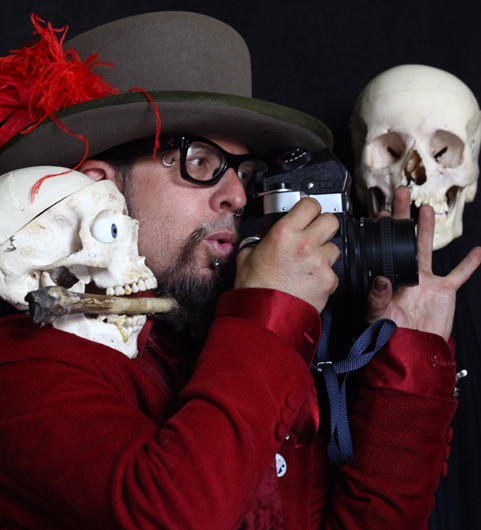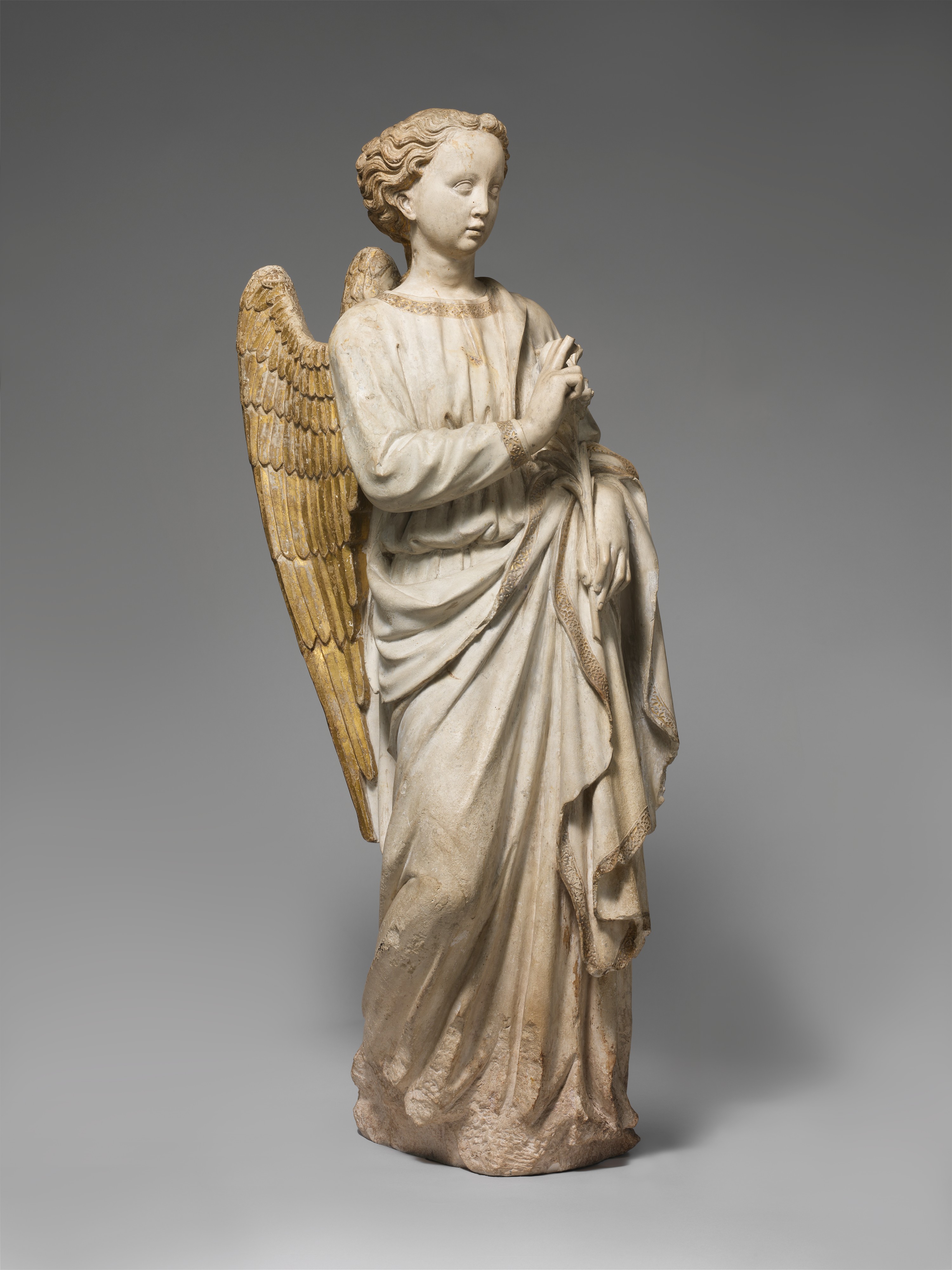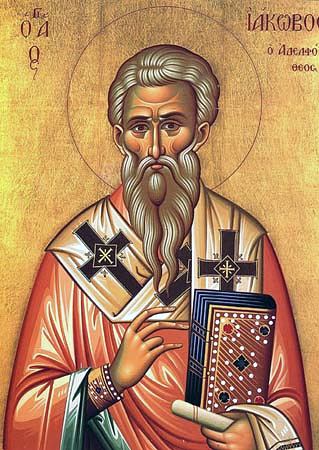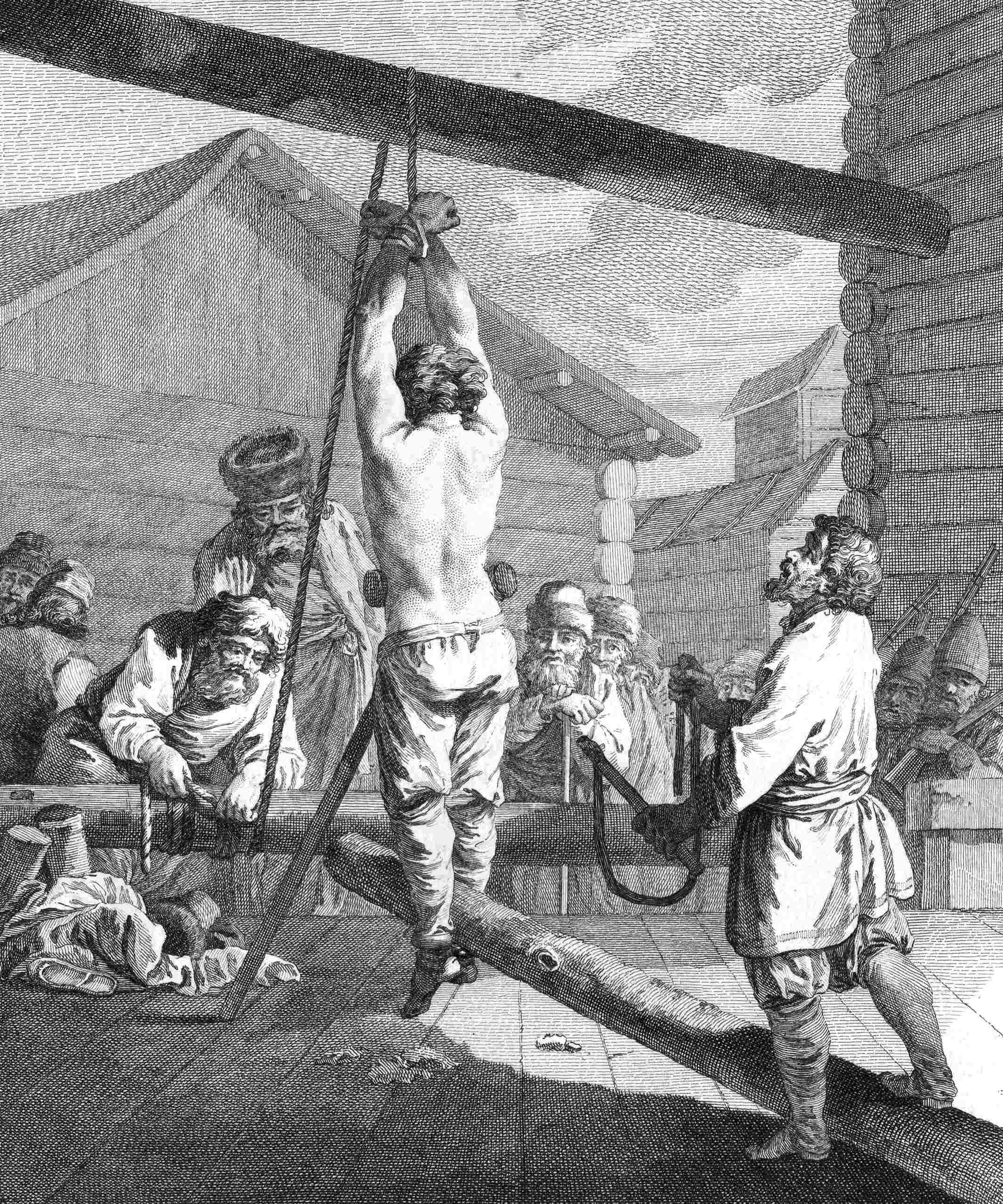|
Hyacinth Of Caesarea
Hyacinth (, ''Hyakinthos''; died 108 AD) was a young Christian living at the start of the second century, who is honored as a martyr and a saint by both the Eastern Orthodox Church and the Roman Catholic Church. Hyacinth is sometimes called by his Latin name Hyacinthus (in ; ; and ). Legend According to tradition, he was a native of Caesarea in Cappadocia, a member of a Christian family. As a boy, he was appointed to serve as an assistant to the chamberlain to the Emperor Trajan. His failure to participate in the ceremonial sacrifices to the official Roman gods soon came to be noticed by other members of the Imperial household. When he was denounced as a Christian, Hyacinth proclaimed his faith. As a result, he was imprisoned and underwent numerous scourgings and tortures. He was deliberately served only food which had been blessed for sacrifice to the gods, the eating of which was banned by Christianity. Thus, he starved to death in 108 AD, dying at the age of twelve. Just b ... [...More Info...] [...Related Items...] OR: [Wikipedia] [Google] [Baidu] |
Saint
In Christianity, Christian belief, a saint is a person who is recognized as having an exceptional degree of sanctification in Christianity, holiness, imitation of God, likeness, or closeness to God in Christianity, God. However, the use of the term ''saint'' depends on the context and Christian denomination, denomination. In Anglican Communion, Anglican, Oriental Orthodox, and Lutheranism, Lutheran doctrine, all of their faithful deceased in Heaven are considered to be saints, but a selected few are considered worthy of greater honor or emulation. Official Ecclesiastical polity, ecclesiastical recognition, and veneration, is conferred on some denominational saints through the process of canonization in the Catholic Church or glorification in the Eastern Orthodox Church after their approval. In many Protestant denominations, and following from Pauline usage, ''saint'' refers broadly to any holy Christian, without special recognition or selection. While the English word ''saint'' ... [...More Info...] [...Related Items...] OR: [Wikipedia] [Google] [Baidu] |
Chamberlain (office)
A chamberlain (Medieval Latin: ''cambellanus'' or ''cambrerius'', with charge of treasury ''camerarius'') is a senior royal official in charge of managing a royal household. Historically, the chamberlain superintends the arrangement of domestic affairs and was often also charged with receiving and paying out money kept in the royal chamber. The position was usually awarded as an honour to a high-ranking member of the nobility (nobleman) or the clergy, often a favourite, royal favourite. Roman emperors appointed this officer under the title of ''cubicularius''. The Camerlengo of the Holy Roman Church, Chamberlain of the Holy Roman Church enjoys very extensive powers, having the revenues of the papal household under his charge. As a sign of their dignity, chamberlains bore a key, which in the seventeenth century was often silvered, and actually fitted the door-locks of chamber rooms. Since the eighteenth century, it has turned into a merely symbolic, albeit splendid, Order of prece ... [...More Info...] [...Related Items...] OR: [Wikipedia] [Google] [Baidu] |
Polish People
Polish people, or Poles, are a West Slavic ethnic group and nation who share a common History of Poland, history, Culture of Poland, culture, the Polish language and are identified with the country of Poland in Central Europe. The preamble to the Constitution of the Republic of Poland defines the Polish nation as comprising all the citizenship, citizens of Poland, regardless of heritage or ethnicity. The majority of Poles adhere to Roman Catholicism. The population of self-declared Poles in Poland is estimated at 37,394,000 out of an overall population of 38,512,000 (based on the 2011 census), of whom 36,522,000 declared Polish alone. A wide-ranging Polish diaspora (the ''Polish diaspora, Polonia'') exists throughout Eurasia, the Americas, and Australasia. Today, the largest urban concentrations of Poles are within the Warsaw metropolitan area and the Katowice urban area. Ethnic Poles are considered to be the descendants of the ancient West Slavic Lechites and other tribes t ... [...More Info...] [...Related Items...] OR: [Wikipedia] [Google] [Baidu] |
Protus And Hyacinth
Saints Protus and Hyacinth were Christian martyrs during the persecution of Emperor Valerian (257–259 AD). Protus' name is sometimes spelled Protatius, Proteus, Prothus, Prote, and Proto. His name was corrupted in England as Saint Pratt. Hyacinth is sometimes called by his Latin name Hyacinthus (in ; ; and ). The day of their annual commemoration is mentioned in the ''" Depositio Martyrum"'' on September 11, in the Chronograph of 354. Tradition The earliest account of their lives is a ''Passion of the Martyr Saints Protus and Hyacinth'' ( BHL 2667). Novel-like in composition, it was written in Latin in Italy between 450 and 499. This states that they served as eunuch chamberlains to Saint Eugenia, and were baptized along with her by Helenus, Bishop of Heliopolis. Devoting themselves zealously to the study of sacred scripture, they lived with the hermits of Egypt and later accompanied Eugenia to Rome. There, they were arrested for their Christianity by Emperor Gallienus ( ... [...More Info...] [...Related Items...] OR: [Wikipedia] [Google] [Baidu] |
Smithsonian (magazine)
''Smithsonian'' is a magazine covering science, history, art, popular culture and innovation. The first issue was published in 1970. History The history of ''Smithsonian'' began when Edward K. Thompson, the retired editor of ''Life'' magazine, was asked by then-Secretary of the Smithsonian, S. Dillon Ripley, to produce a magazine "about things in which the Smithsonian nstitutionis interested, might be interested or ought to be interested." Thompson later recalled that his philosophy for the new magazine was that it "would stir curiosity in already receptive minds. It would deal with history as it is relevant to the present. It would present art, since true art is never dated, in the richest possible reproduction. It would peer into the future via coverage of social progress and of science and technology. Technical matters would be digested and made intelligible by skilled writers who would stimulate readers to reach upward while not turning them off with jargon. We would fin ... [...More Info...] [...Related Items...] OR: [Wikipedia] [Google] [Baidu] |
Paul Koudounaris
Paul Koudounaris is an American author and photographer originally from Los Angeles and currently living in Las Vegas. He has a PhD in Art History, and his publications in the field of charnel house and ossuary research have made him a well-known figure in the field of macabre art and art history. He is also a feline historian whose book entitled, ''A Cat's Tale'', told feline history in the voice of his rescue cat, Baba the Cat. In addition he is one of the world's leading experts on pet cemeteries and animal burials, and his book on this topic was announced in 2024 for a fall release under the title ''Faithful Unto Death'', He is a member of The Order of the Good Death. Research and publications on human remains in religious art In 2006, he started extensively studying the use of human remains in religious ritual and as a decorative element in sacred spaces. He began writing about and photographing them for European newspapers, and became an important contributor to magazines wh ... [...More Info...] [...Related Items...] OR: [Wikipedia] [Google] [Baidu] |
Catacomb Saints
Catacomb saints were the bodies of ancient Christians that were carefully exhumed from the catacombs of Rome and sent abroad to serve as relics of certain saints from the 16th century to the 19th century. They were typically lavishly decorated with gold and precious stones. History During the ''Beeldenstorm'' of the 16th century and continued iconoclasm of the 17th century, Roman Catholic Church, Catholic churches throughout Europe were systematically stripped of their religious symbols, iconography and relics. In response, the Holy See, Vatican ordered that thousands of skeletons be exhumed from the catacombs beneath the city and installed in towns throughout Germany, Austria and Switzerland. Few, if any, of the corpses belonged to people of any religious significance; though, given their burial, some may have been early Christianity, early Christian martyrs. Each was nonetheless painstakingly dressed and decorated as one of the various Catholic saints. One church spent 75 Guil ... [...More Info...] [...Related Items...] OR: [Wikipedia] [Google] [Baidu] |
Rome
Rome (Italian language, Italian and , ) is the capital city and most populated (municipality) of Italy. It is also the administrative centre of the Lazio Regions of Italy, region and of the Metropolitan City of Rome. A special named with 2,746,984 residents in , Rome is the list of cities in the European Union by population within city limits, third most populous city in the European Union by population within city limits. The Metropolitan City of Rome Capital, with a population of 4,223,885 residents, is the most populous metropolitan cities of Italy, metropolitan city in Italy. Rome metropolitan area, Its metropolitan area is the third-most populous within Italy. Rome is located in the central-western portion of the Italian Peninsula, within Lazio (Latium), along the shores of the Tiber Valley. Vatican City (the smallest country in the world and headquarters of the worldwide Catholic Church under the governance of the Holy See) is an independent country inside the city boun ... [...More Info...] [...Related Items...] OR: [Wikipedia] [Google] [Baidu] |
Angel
An angel is a spiritual (without a physical body), heavenly, or supernatural being, usually humanoid with bird-like wings, often depicted as a messenger or intermediary between God (the transcendent) and humanity (the profane) in various traditions like the Abrahamic religions. Other roles include protectors and guides for humans, such as guardian angels and servants of God. In Western belief-systems the term is often used to distinguish benevolent from malevolent intermediary beings. Emphasizing the distance between God and mankind, revelation-based belief-systems require angels to bridge the gap between the earthly and the transcendent realm. Angels play a lesser role in monistic belief-systems, since the gap is non-existent. However, angelic beings might be conceived as aid to achieve a proper relationship with the divine. Abrahamic religions describe angelic hierarchies, which vary by religion and sect. Some angels have specific names (such as Gabriel or Mich ... [...More Info...] [...Related Items...] OR: [Wikipedia] [Google] [Baidu] |
Council Of Jerusalem
The Council of Jerusalem or Apostolic Council is a council described in chapter 15 of the Acts of the Apostles, held in Jerusalem . The council decided that Gentiles who converted to Christianity were not obligated to keep most of the rules prescribed to the Jews by the Mosaic Law, such as Jewish dietary laws and other specific rituals, including the rules concerning circumcision of males. The council did, however, retain the prohibitions on eating blood or meat containing blood, and meat of animals that were strangled, and on fornication and idolatry, sometimes referred to as the Apostolic Decree. The purpose and origin of these four prohibitions is debated. Accounts of the council are found in Acts of the Apostles (chapter 15 in two different forms, the Alexandrian and Western versions) and also possibly in Paul's letter to the Galatians (chapter 2). Some scholars dispute that Galatians 2 is about the Council of Jerusalem, while others have defended this identifi ... [...More Info...] [...Related Items...] OR: [Wikipedia] [Google] [Baidu] |
Flagellation
Flagellation (Latin , 'whip'), flogging or whipping is the act of beating the human body with special implements such as whips, Birching, rods, Switch (rod), switches, the cat o' nine tails, the sjambok, the knout, etc. Typically, flogging has been imposed on an unwilling subject as a punishment; however, it can also be submitted to willingly and even done by oneself in sadomasochistic or religious contexts. The strokes are typically aimed at the unclothed back of a person, though they can be administered to other areas of the body. For a moderated subform of flagellation, described as ''bastinado'', the soles of a person's barefoot, bare feet are used as a target for beating (see foot whipping). In some circumstances the word ''flogging'' is used loosely to include any sort of corporal punishment, including birching and caning. However, in British legal terminology, a distinction was drawn between ''flogging'' (with a cat o' nine tails) and ''whipping'' (formerly with a ... [...More Info...] [...Related Items...] OR: [Wikipedia] [Google] [Baidu] |
Orthodox Church In America
The Orthodox Church in America (OCA) is an Eastern Orthodox Christian church based in North America. The OCA consists of more than 700 parishes, missions, communities, monasteries and institutions in the United States, Canada and Mexico. In 2011, it had an estimated 84,900 members in the United States. The OCA has its origins in a mission established by eight Russian Orthodox monks in Alaska, then part of Russian America, in 1794. This grew into a full diocese of the Russian Orthodox Church after the United States purchased Alaska from Russia in 1867 named Diocese of Alaska and Aleutines with the Cathedral in Sitka, jurisdiction for all North America and effective see in San Francisco between 1872 and 1903, and later in New York City since 1903. By the late 19th century, the Russian Orthodox Church had grown in other areas of the United States due to the arrival of immigrants from areas of Eastern and Central Europe, many of them formerly of the Eastern Catholic Church ... [...More Info...] [...Related Items...] OR: [Wikipedia] [Google] [Baidu] |






